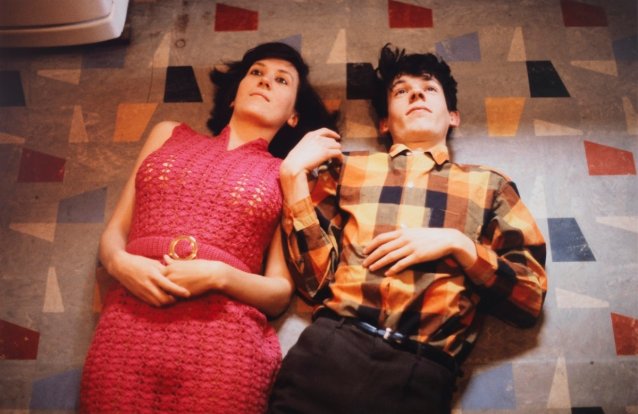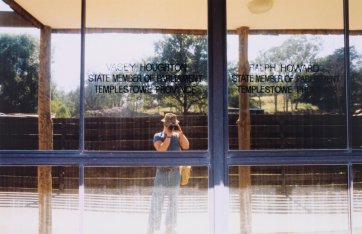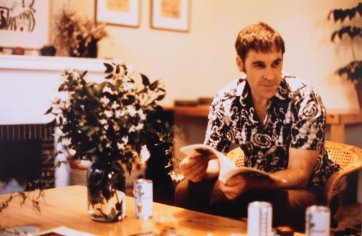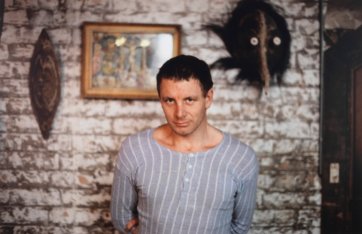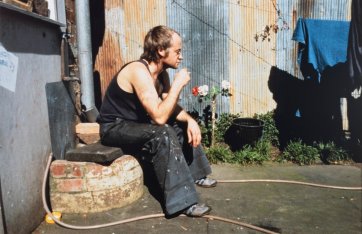Maria Kozic (b. 1957), painter and sculptor, and Philip Brophy (b. 1959), film director, composer, performer and curator, collaborated in the avant-garde performance/happening group ??? (spoken as tsk tsk tsk) and other projects between 1977 and the mid-1980s. Kozic studied at the Phillip Institute in the late 1970s, and in the 1980s produced installations combining paintings, three dimensional work and video. Her feminist work became more horror-oriented through the 1980s; in 1991 she made a series of billboards of herself dressed in underwear and leather which were prominent in Melbourne and Sydney and in 1992 her inflatable Blue Boy appeared on the roof of the Museum of Contemporary Art. Until 1999 she held 20 solo exhibitions, mostly with Roslyn Oxley and Anna Schwartz, and participated in many group shows. In 1999 she moved to New York; ten years later, she returned with an exhibition of billboards at Hazelhurst regional gallery. Philip Brophy made a number of Super 8 films with ???, and a 50-minute feature, Salt, Saliva Sperm and Sweat in 1988. That year, Brophy and Kozic worked together on the exhibition Trash and Junk Culture at the Performance Space, Sydney, and the Melbourne Centre for Contemporary Art. Receiving funding from the Australian Film Commission and Film Victoria, Brophy made Body Melt (1993), saying that he ‘wanted to get those people I had seen in sitcoms and I wanted to kill them’. Kozic was production designer and screamed the lyrics of the opening track for the film, which featured Gerard Kennedy and Andrew Daddo. Brophy has since admitted that his simple impulse in creating Body Melt was that ‘I could only make what I wanted to see myself’. Instigator of Melbourne’s annual Cinesonic International Conference of Film Scores and Sound Design, he created the Soundtrack stream in Media Arts at RMIT and lectures internationally on Japanese animation, horror and sexploitation movies and film scores. He has recently completed books on scores and anime for the British Film Institute.
Collection: National Portrait Gallery
Purchased 2012
© Estate of Robert Rooney
The National Portrait Gallery respects the artistic and intellectual property rights of others. Works of art from the collection are reproduced as per the
Australian Copyright Act 1968 (Cth). The use of images of works from the collection may be restricted under the Act. Requests for a reproduction of a work of art can be made through a
Reproduction request. For further information please contact
NPG Copyright.
